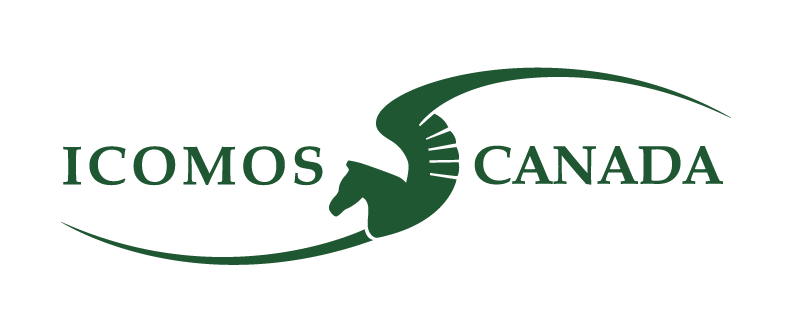About ICOMOS Canada
Innovative thinking for better cultural heritage conservation.
ICOMOS Canada is the Canadian national committee of the International Council on Monuments and Sites (ICOMOS). Since 1975, ICOMOS Canada has been at the forefront of the heritage conservation movement in Canada and abroad, actively contributing to the development of the theory and practice of cultural heritage conservation.
Today, ICOMOS Canada and its members continue to play a leading role in influencing national and international policies through innovative thinking and holistic approaches to continuously improve the conservation of cultural heritage for communities.
Internationally, ICOMOS is the only global non-governmental organization dedicated to the conservation of the world’s cultural heritage places. Through over 100 national committees and 28 international scientific committees, it brings together professionals from such disciplines as architecture, archaeology, planning, engineering, anthropology, art history, and geography to develop and discuss the theory and application of best practices to the conservation of buildings, landscapes, and sites. One of its important mandates is to advise UNESCO on cultural heritage matters especially in the context of the World Heritage Convention.
ICOMOS Canada’s Mission
ICOMOS Canada seeks to raise the quality of conservation care provided to our built cultural heritage at national and international levels:
- by defining appropriate principles and standards of care for conservation;
- by promoting needed changes in conservation policy or programmes, on the basis of ongoing review of relevant policies / programmes;
- by supporting scientific exchanges and forums in the heritage conservation field, and encouraging participation in these forums;
- by encouraging scientific research in the conservation field;
- by ensuring that Canadian practitioners benefit from conservation lessons gained elsewhere;
- by ensuring that Canadian know-how and approaches are widely communicated to those in other jurisdictions who might profit from that knowledge;
- by increasing public awareness of appropriate methods and approaches for the conservation and care of our built cultural heritage;
- by developing links with organizations whose activities influence the well-being of our built cultural heritage.
